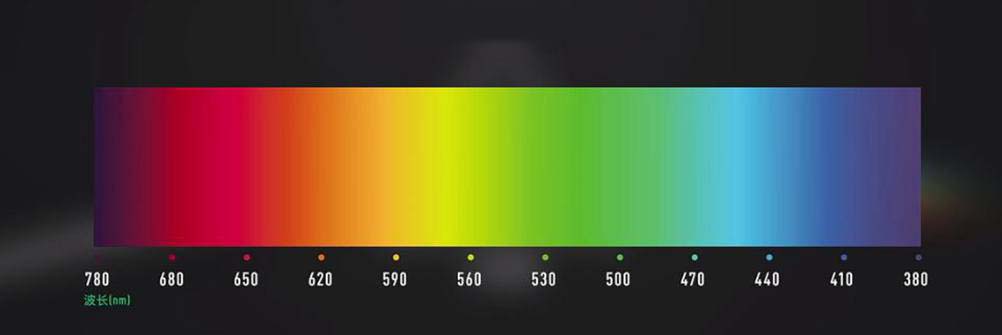
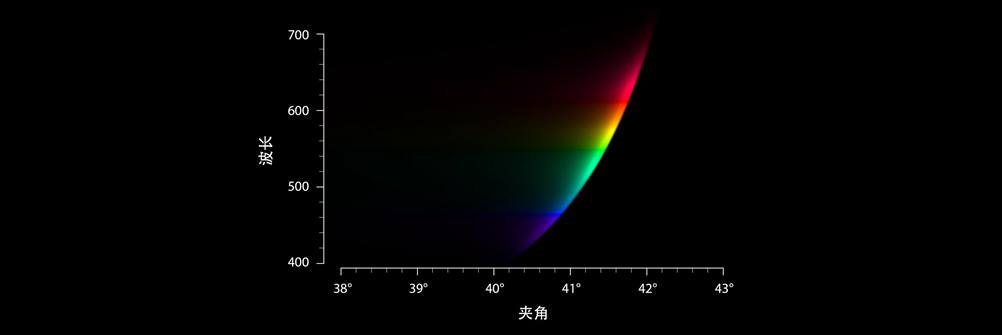
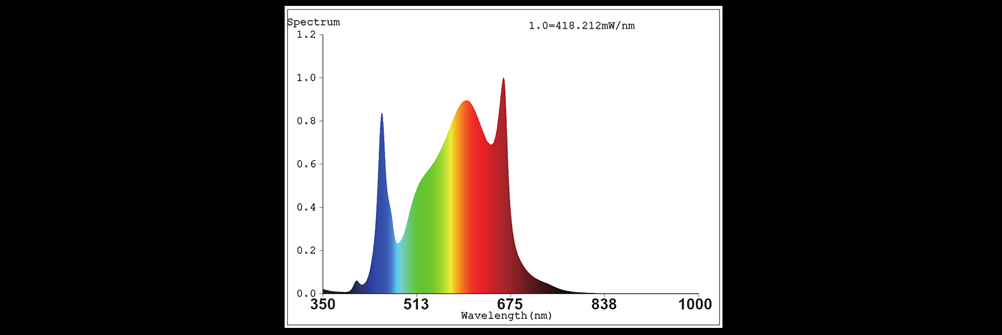
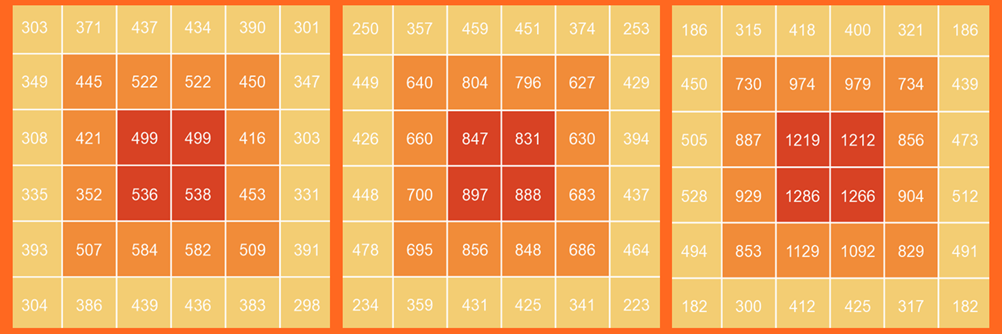
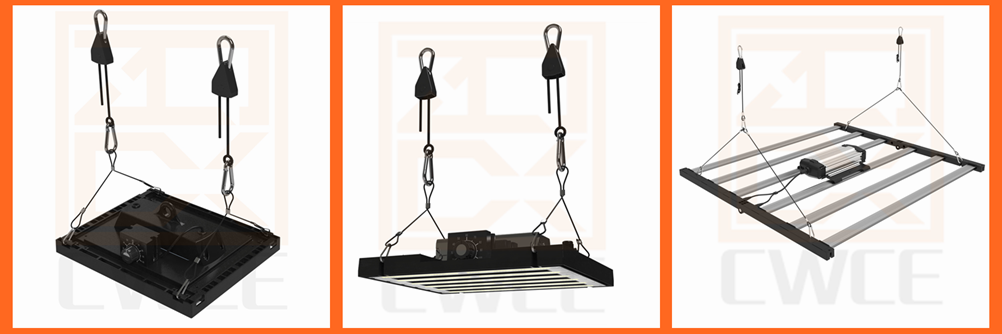
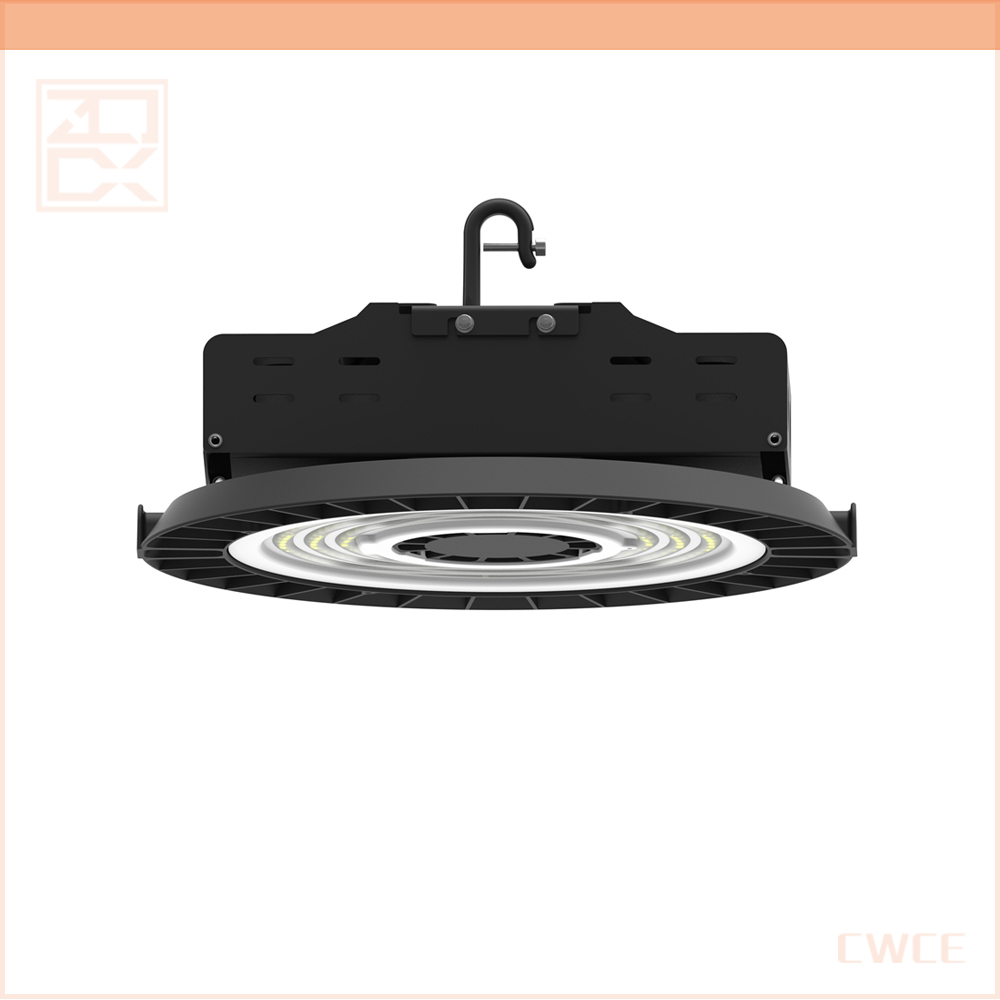 Application scope and characteristics of LED high bay light
Application scope and characteristics of LED high bay light
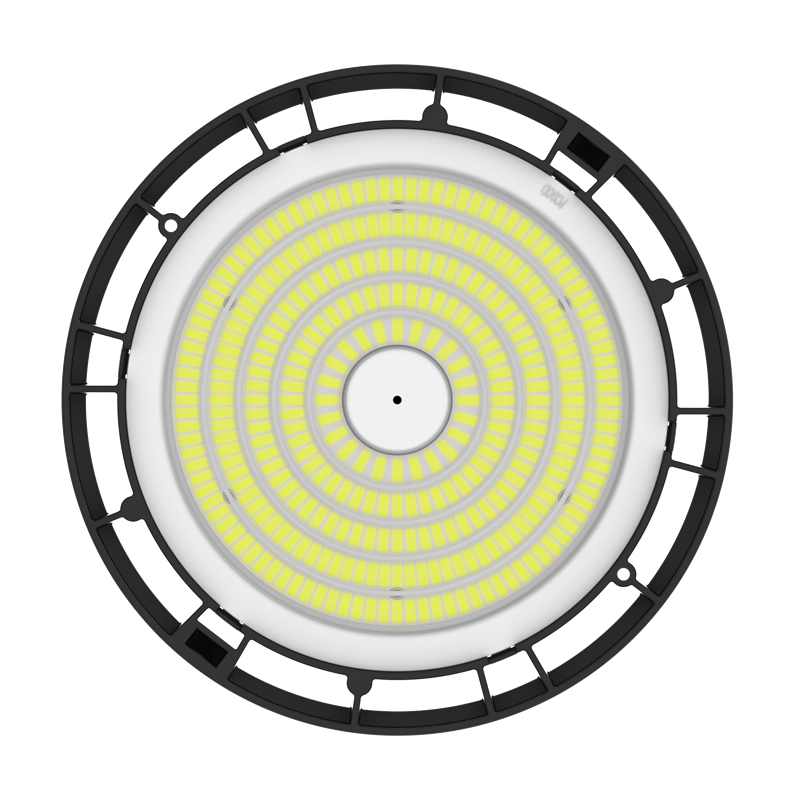 Why are high bay lights widely used in industrial and mining operations?
Why are high bay lights widely used in industrial and mining operations?
 Knowledge of LED high bay light: the advantages of LED high bay light
Knowledge of LED high bay light: the advantages of LED high bay light
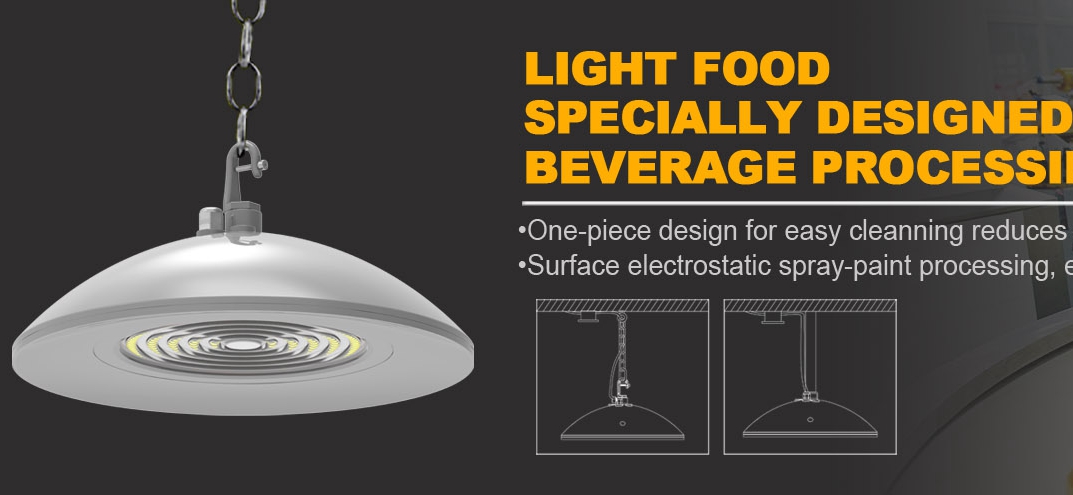 Which led light specifically designed for pharmaceutical factories and food factories ?
Which led light specifically designed for pharmaceutical factories and food factories ?